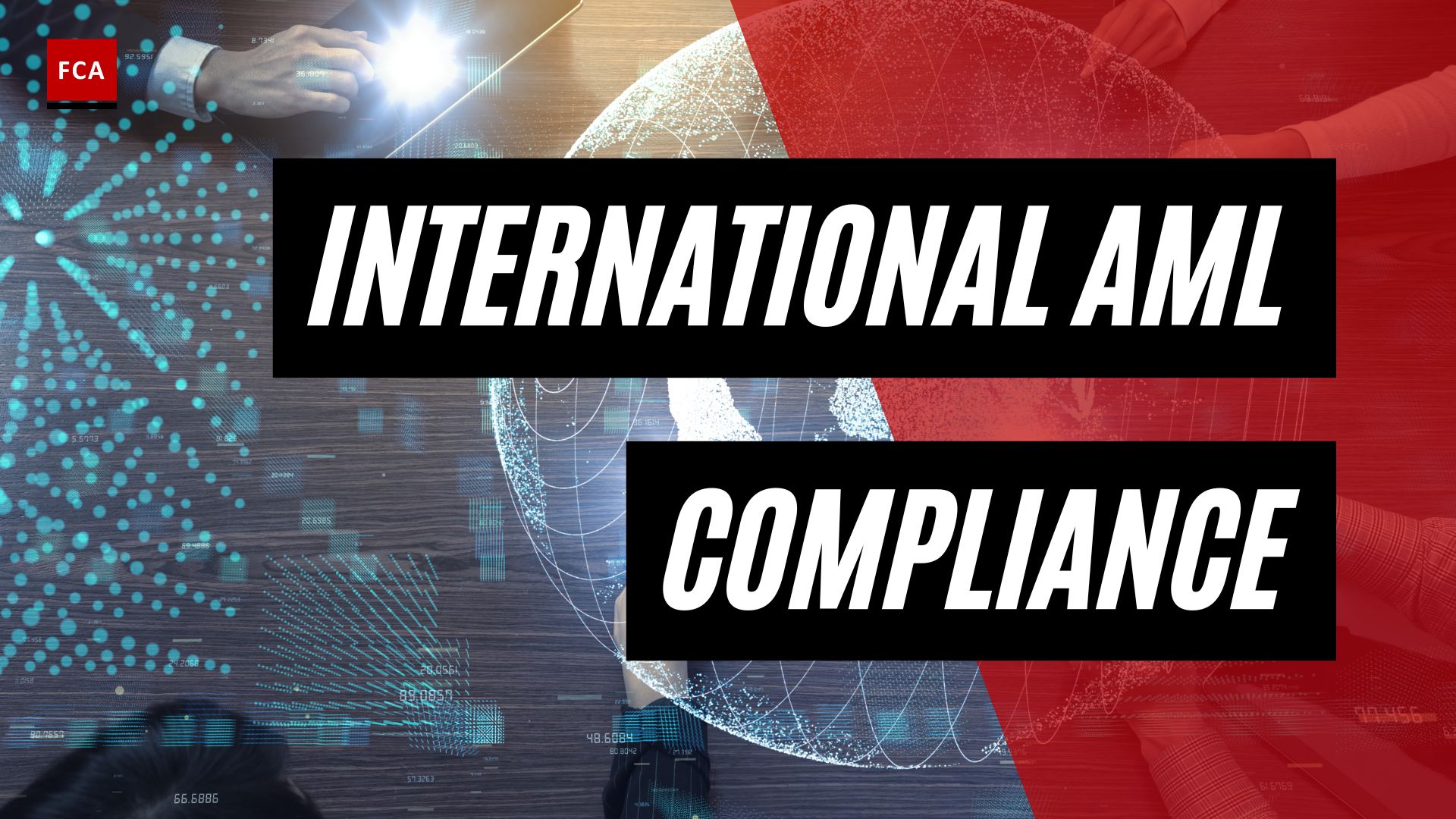Performing a final review of investigations conducted by a Money Laundering Reporting Officer (MLRO) is a critical step in ensuring compliance with anti-money laundering (AML) regulations and mitigating the risk of financial crime.
Investigations begin with a mere suspicion that a financial crime has occurred. ML/TF investigation process is not a standard police-type process because there is little initial available evidence that financial crime has occurred. However, in most cases, the financial crime leaves a trail or a series of indicators that highlights that a financial crime has occurred. Outcomes of the investigation process vary from case to case and depend on the availability of evidence and the appropriateness of feedback from the customers, to whom suspicious transaction relates.

Performing a Final Review of Investigations performed by a MLRO
The MLRO is required to perform a timely and detailed review of the investigation report before sharing it with the senior management or regulatory authorities if required. This cross reference by the MLRO or compliance head should consider the ML/TF risks identified during the initial research and planning process, actual evidence gathered, new risks and breaches identified, applicable laws and regulations, internal policies requirements, and necessary industry best practices.
Investigation outcomes depend on the nature of the alert generated or the transaction identified as suspicious. Investigation of transaction alerts generated during the period is performed by the Compliance AML team, which checks the risk profile of the customer against the transaction generated as an alert. In case the detail of the risk profile is not matched with the transaction, the information is obtained from the customer about the nature and purpose of the transaction. If the customer provides appropriate feedback that matches the transaction, then the AML team marks the alert as close. In case the customer does not provide a satisfactory response or hides the information then the transaction is considered suspicious.
To ensure that the final review is conducted effectively, the MLRO should have access to all relevant documents and information relating to the investigation. The MLRO should also have a thorough understanding of the firm’s AML policies and procedures and the regulatory requirements governing AML investigations. The MLRO should also be familiar with industry best practices for conducting AML investigations.
The MLRO should document the final review in writing and maintain records of the review for at least five years. The documentation should include a summary of the investigation, a description of the final review process, the MLRO’s findings and recommendations, and any actions taken as a result of the review.

Final Thoughts
The final review of investigations conducted by the MLRO is a critical step in the AML investigation process. The review ensures that the investigation was conducted in compliance with the firm’s policies and procedures, regulatory requirements, and industry best practices. It also provides an independent assessment of the investigation’s effectiveness, completeness, and accuracy. The MLRO should conduct the final review with a thorough understanding of the firm’s AML policies and procedures, regulatory requirements, and industry best practices. The MLRO should document the final review in writing and maintain records of the review for at least five years.








